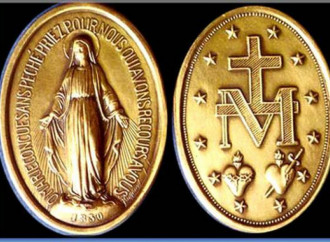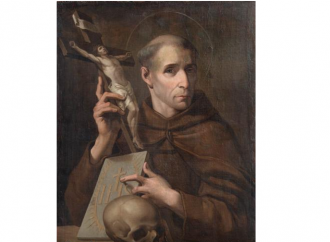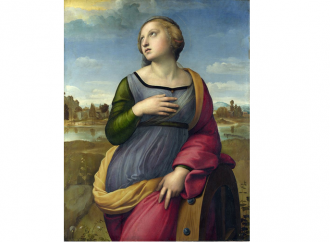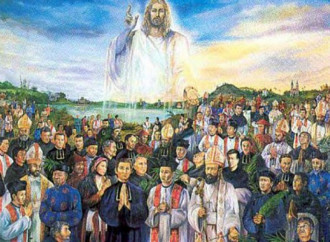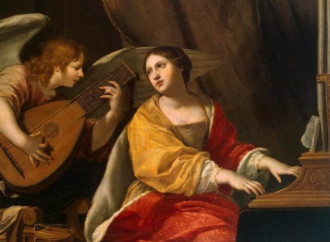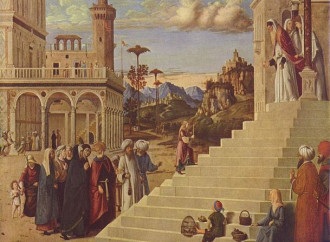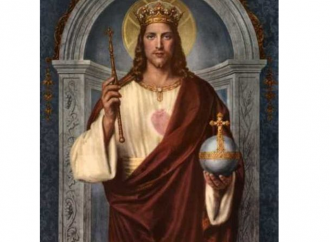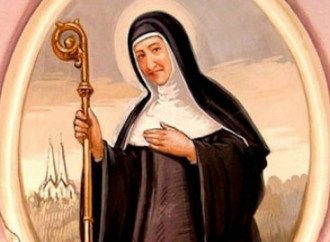Saint James of the Marches
He spent his life in the service of the Church, becoming one of the leading figures in the 15th century together with his friends Bernardine of Siena and John of Capistrano.
Blessed Virgin of the Miraculous Medal
On 27 November 1830, the Blessed Virgin appeared to Catherine Labouré (1806-1876), novice of the Daughters of Charity in the Parisian convent on Rue du Bac. The saint, next to the picture of St Joseph, saw Our Lady wearing a white dress like the dawn, a blue mantle and a long white veil, standing on a half globe enveloped in the coils of a snake.
Saint Leonard of Port Maurice
In 1731, he obtained the Brief Exponi nobis from Clement XII, which authorised the installation of the Stations of the Cross in all the churches. St Leonard also introduced the meditations for each of the 14 Stations
Saint Catherine of Alexandria
Saint Catherine of Alexandria (c. 287-305) lived in one of the most important cultural and religious centres of antiquity and was “filled with sharp wit, wisdom and strength of spirit”, as the Roman Martyrology recalls.
Holy Martyrs of Vietnam
The 117 martyrs of Vietnam that the Church celebrates today remind us of how the Christian faith has been enlivened and transmitted over the centuries thanks to the example of many luminous witnesses, who accepted to sacrifice their lives to follow Christ crucified.
Saint Colomban
The life of Saint Colomban (543-615) recalls in an exemplary way the Christian roots of the Old Continent. He and his monks proclaimed the Gospel and had a profound impact on European culture
Saint Cecilia
The patron saint of music was martyred during the pontificate of St Urban I. Her story reveals her unconditional love for God, to whom she consecrated herself.
Presentation of the Blessed Virgin Mary
The Catholic Church commemorates the presentation of Mary as a child in the temple in Jerusalem, celebrated on the same day by the Orthodox under the title “Entrance of the Mother of God into the Temple”.
Christ the King
The solemnity of Christ, King of the Universe, was introduced by Pius XI with the encyclical Quas Primas of 11 December 1925 to recall the kingship of God the Son over history and to remedy an evil that was already afflicting society at that time: secularism
Saint Matilda of Hackeborn
Her Book of Special Grace influenced devotion to the Sacred Heart of Jesus. She is also linked to the promise of the three Hail Marys
Dedication of the basilicas of Saints Peter and Paul
Erected on the tombs of Saints Peter and Paul, not far from the places where they suffered martyrdom under Nero, the basilicas dedicated to them are remembered in a single commemoration.
Saint Elizabeth of Hungary
She was among the highest examples of Christian charity, which she exercised to the point of begging for the poor and the sick


